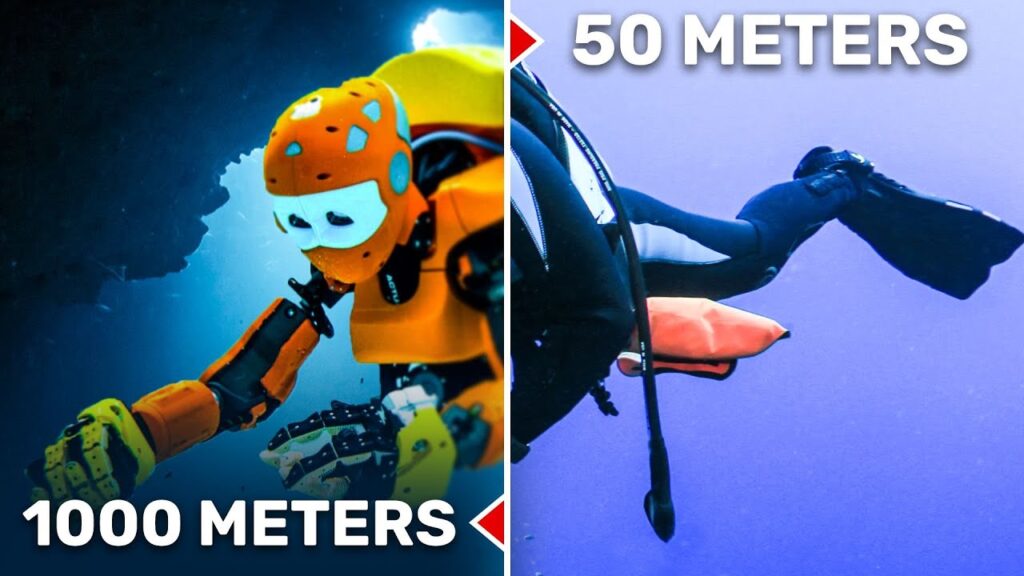Astronaut Nicole Stott Answers Questions About Space on Twitter
Summary
In this article, we explore the insights shared by astronaut Nicole Stott on Twitter about her experiences in space. She talks about the dangers of radiation, the availability of Wi-Fi, the process of launching a spaceship into space, and the challenges of readjusting to gravity upon returning to Earth.
Table of Contents
- Radiation and Wi-Fi in Space
- Age Limit for Space Travel
- Space Debris Tracking
- Navigation in Space
- Launching a Spaceship into Space
- Health Issues in Space
- Working at NASA
- Resupply Missions to the International Space Station
- Space Programs Involved in Partnership
- Engines for Space Launch System
- Life on the International Space Station
- What Happens When a Ship Blows Up in Space
- Astronauts’ Helmets and Oxygen Masks
Radiation and Wi-Fi in Space
Being in space exposes astronauts to dangerous radiation, but they try to protect themselves with UV filters. Wi-Fi is available in space, but it can be slow.
Age Limit for Space Travel
There is no age limit for space travel, but education, work experience, and medical and psychological evaluations are considered.
Space Debris Tracking
Space debris is tracked from the ground and through satellite resources.
Navigation in Space
Astronauts use a coordinate system to navigate in space, and it can be applied to non-orbit journeys. Eating a sandwich in space can be messy, as things tend to float around.
Launching a Spaceship into Space
It takes about two days to travel to the moon. The process of launching a spaceship into space involves using the slingshot method to accelerate towards and around the moon, utilizing the gravity and spin of the Earth.
Health Issues in Space
If an astronaut experiences a serious health problem, their crewmates can take care of them with medical training and supplies, and they can communicate with the medical team on the ground. Astronauts have to readjust to gravity upon returning to Earth, and they may experience health issues such as bone and muscle loss and changes in vision due to radiation.
Working at NASA
Working at NASA is a fulfilling job that involves various aspects of getting spaceships ready to fly, and the ultimate goal is to improve life on Earth.
Resupply Missions to the International Space Station
It is not specified how often additional supplies are sent up to aid the International Space Station. Regular resupply missions are sent to the International Space Station every couple of months using cargo ships from different countries including the US, Japan, and Russia.
Space Programs Involved in Partnership
The five space programs involved in the partnership are the US, Russia, Japan, Canada, and Europe.
Engines for Space Launch System
The engines used for the Space Launch System (SLS) will not be reused, and new engines will be built to power the SLS.
Life on the International Space Station
Astronauts on the International Space Station do not get bored as they can look out the window, share stories with crewmates, and even bring things they enjoy doing on Earth.
What Happens When a Ship Blows Up in Space
When a ship blows up in space, the pieces may float around for a while but will eventually slow down, get dragged into the atmosphere, and burn up.
Astronauts’ Helmets and Oxygen Masks
Astronauts wear customized helmets with oxygen masks at all times during flights.
Conclusion
Nicole Stott’s Twitter insights provide a glimpse into the life of an astronaut and the challenges they face in space. From radiation exposure to readjusting to gravity upon returning to Earth, being an astronaut requires physical and mental strength. However, the rewards of exploring space and working towards improving life on Earth make it a fulfilling job.







